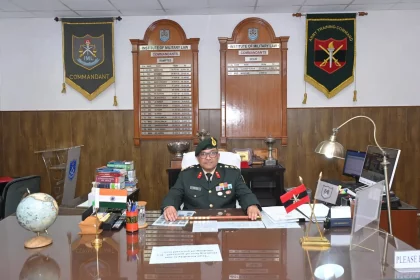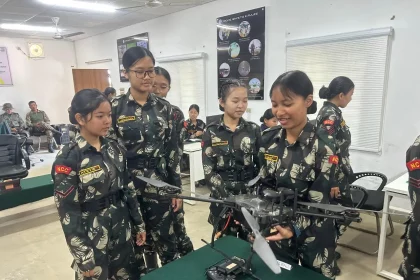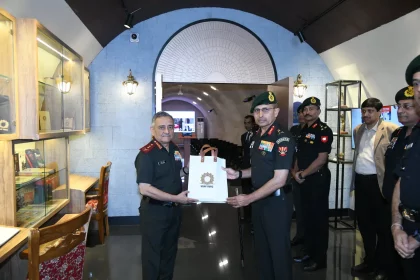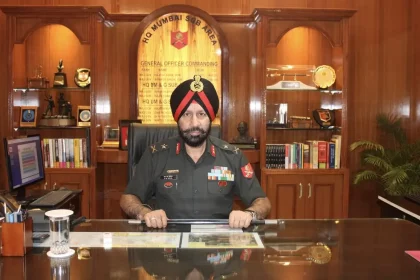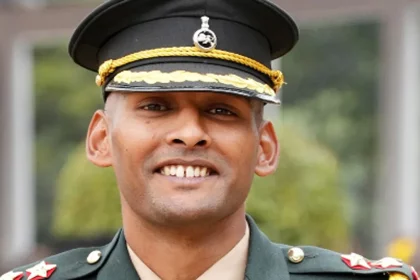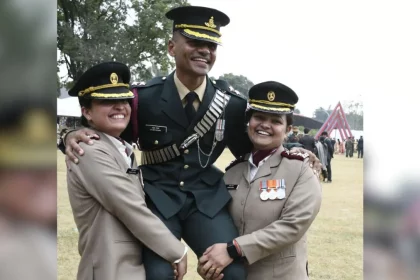Brigadier K Ajeen Kumar Assumes Charge as Commandant, Institute of Military Law, New Delhi
ARTRAC Extends Congratulations as Senior Officer Takes Over Key Legal Training Institution.
NCC Girls Camp Conducted at CIJWS Vairengte for 20 Mizo NCC Battalion Cadets
Two-Week Training Camp Exposes Cadets to Military Discipline, Fieldcraft and CIJWS Ethos.
CDS General Anil Chauhan Inaugurates Renovated Eastern Command Museum at Vijay Durg, Kolkata
Five Themed Galleries Showcase Eastern Command’s Legacy, Operations and Sacrifices.
Major General Navtej Singh Sohal Assumes Command of HQ Uttar Maharashtra & Gujarat Sub Area
Seasoned Artillery Officer with Over Three Decades of Service Takes Over Key Army Formation.
Meet Amit Kandpal: Son of Army Subedar Major Commissioned as Lieutenant at IMA POP
From Army Family to Officer Rank: Amit Kandpal Earns His Stars at IMA Passing Out Parade.
Meet Ayush Pathak: Fiancée Is an Indian Army Captain, He Is Now a Lieutenant After Passing Out from IMA
Fiancée Already an Army Captain, Mathura Youth Commissioned as Lieutenant After Passing Out from IMA.

